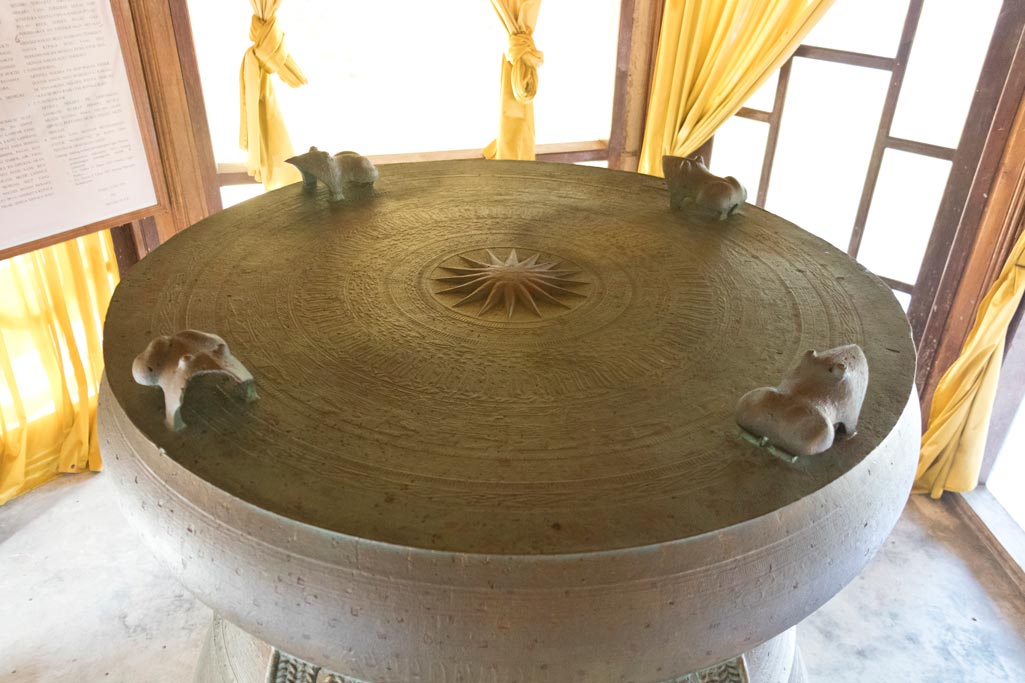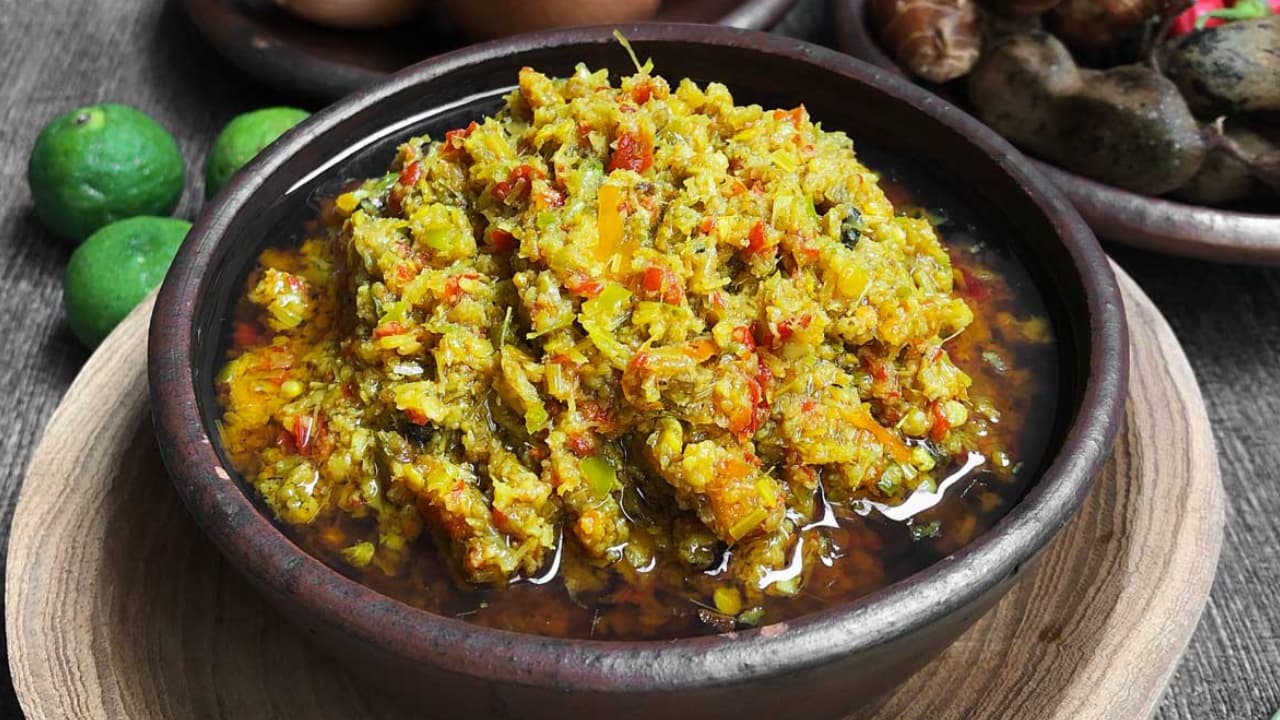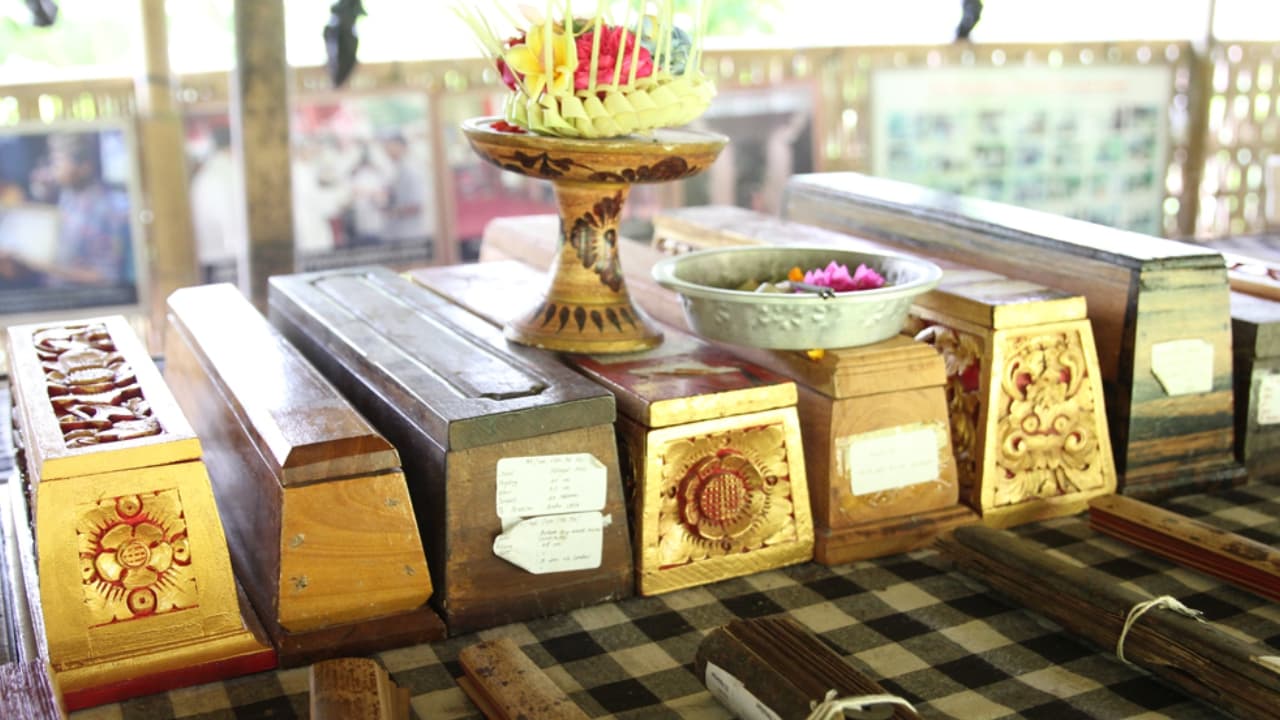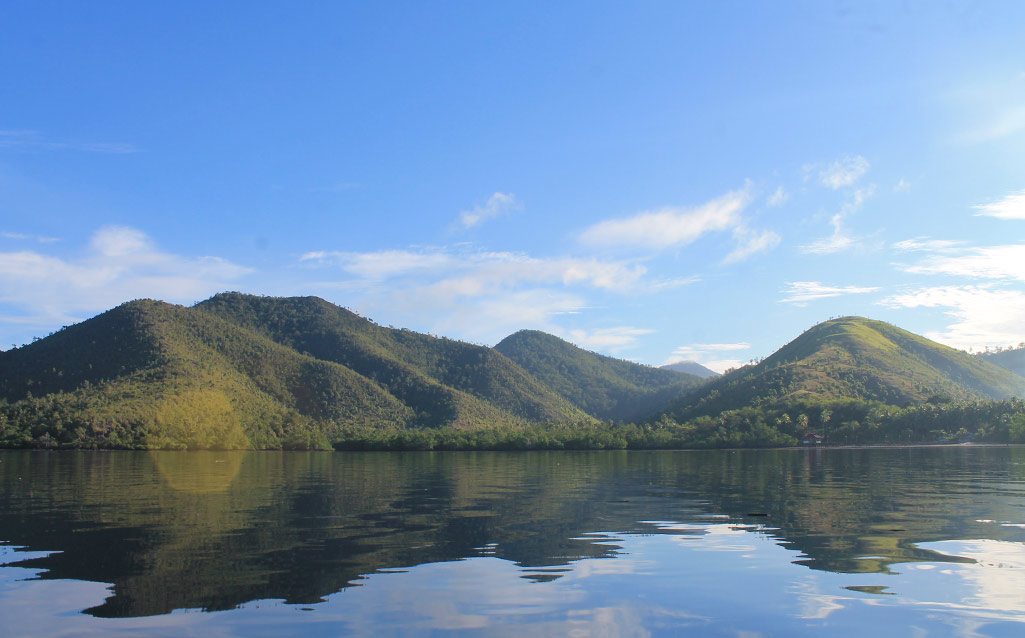
The Selayar Islands we know today is one of the regencies of South Sulawesi Province that has become the crucial point of Nusantara marine traffic. It was mentioned in the holy book of Nagarakretagama in 1365 and was called the Salaya. Other than Salaya, Nagarakretagama also mentioned other regions, such as Luwuk, Makassar, and Butun.
In the webinar Dari Selayar ke Makassar, Jejak Rempah Mendunia, Dr. ABD. Rahman Hamid, M. Si, a lecturer and researcher from Faculty of Humanities, Hasanuddin University, discussed the mention of Selayar in the Majapahit Kingdom manuscripts that might have two meanings: first, functioned as a port of call for the Javanese merchants; second, the presence of sailors from Selayar who once conducted activities in the ports of Java.
The existence of Selayar as the collecting center point played a role in collecting commodities that would be delivered to the entrepot—Makassar. In addition to taking part as the collecting center, Selayar also became a stopover for wooden ships to repair before setting sail again to the west and east. Located in a strategic place, Selayar became the great kingdoms’ target, for it played a significant role in controlling the sailing activities.
The discovery of an ancient Bronze Nekara that is now placed in the Gong Nekara Perunggu, Selayar, becomes evidence that strengthens Selayar’s position as a part of the Nusantara sailing route. The bronze nekara was found by a local citizen in Kampung Rea-Rea in 1686 and became the heirloom of Putabangun Kingdom. As a result of Putabangun and Botobangun Kindoms’ integration as the central kingdom, the heirloom was transferred to Botobangun.
The ancient bronze nekara was made in Xianji, China, in the prehistoric period—in 300 B.C. Another source mentioned that nekara was produced in 600 B.C. from Dong Son culture in Vietnam, and it was the biggest nekara in Southeast Asia, even in the world. The distribution of the nekaras was broad in Southeast Asia. Meanwhile, in Indonesia, there were 40 nekaras, spread across Sumatra to Papua.
The nekara distribution was triggered by the trade route or bilateral association of kingdoms. In addition, the harmonization of cultural symbols from Indonesia, China, and Vietnam at the body of the bronze nekara, such as palm trees, walnuts; birds, elephants (Indonesia); bird feathers pinned on the chief’s headdress (China); and other Vietnamese symbols strengthened the interconnections among the kingdoms.
There are two legends from two distinct sources about Selayar Bronze Nekara’s origin; the first came from Sawerigading in the La Galigo period, approximately from the 7th to 10th centuries. The legend told the story of Sawerigading as the prominent figure in the manifestation of the first order and arrangement of the Bugis-Makassar community in South Sulawesi. Another legend came from the scripts of the Shipping and Trade Law of Amanna Gappa in the 17th century, which mentioned the Selayar Islands as one of the trading destinations because of its strategic location for the sailing traffic from east to west, and vice versa.
An overview from two legends gave perceptions on the role and connection of Selayar with other Nusantara and Southeast Asia areas. According to the legend, associated with the ancient Bronze Nekara, it was told that Sawerigading and his wife, We Cuddai, with their three children, La Galigo, We Tenri Dio, and We Tenri Balobo, traveled from China to Luwuk then stayed in Selayar, precisely in Putabangun and brought a big Bronze Nekara with them.
On closer inspection, Bronze Nekara were composed of the widening, circular leg, cylindrical body with the convex shoulder. The ornaments on its body consist of geometric lines, tumpal, spiral, squares, and an L-shaped ornament. There were also pictures of animals and plants carved on it, such as 16 elephants, 54 birds, 18 fishes, and 11 betel trees. In addition, four earlobe statues functioned as handles on the other part of the nekara. The ancient bronze nekara, also known as rain nekara because its center point formed a sun and frog statue on the surface, depicting a water symbol.
The locals believe that the nakara in Selayar and Vietnam is a “married couple”. The one in Selayar is assumed to be the “husband”, for it has a bigger size with a frog ornament on it. Meanwhile, the one in Vietnam is assumed to be the “wife”, for it has a smaller size, without any frog ornament on it. Nekara is used in religious rituals, as social status symbols, war signs, and a wind vane.
Sources:
Budaya Saya, 2020, Webinar Dari Selayar ke Makassar, Jejak Rempah Mendunia, 25 September 2020, https://www.youtube.com/watch?v=vKnXKhV1Irg&t=1345s
Department of Culture and Tourism of Selayar Islands Regency Sulawesi Selatan, 2013, The Objects of Cultural Tourism of Selayar, Selayar.
Technical Implementation Unit of Nekara Museum of the Department of Education and Culture, Selayar Islands Regency , Nekara Museum, Selayar Islands Regency.
Script: Putri A. F
Editor: Tiya Septianawati
Translator: Izaz Ahlanda Ahlanda Putra
Reviewer: Dhiani Probhosiwi









